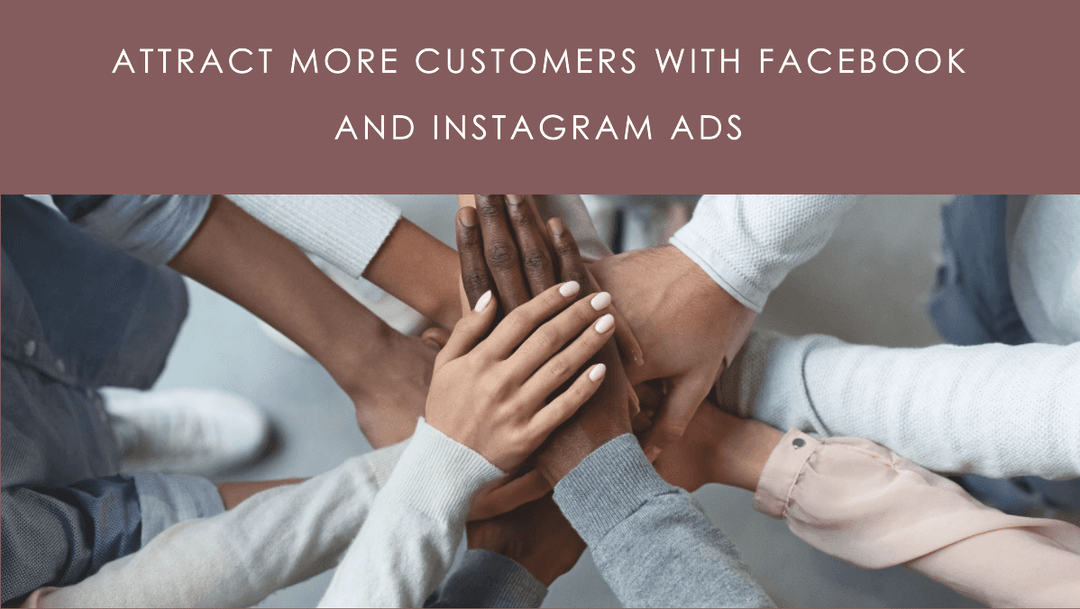How to Create Facebook and Instagram Ads: Understanding Audiences, Budgeting, and Location Targeting

In the ever-evolving landscape of digital marketing, advertising on social media platforms like Facebook and Instagram has become a staple for businesses seeking to reach a broader audience. Learn the importance of social media in any business? Read Here To maximize the effectiveness of your social media advertising campaigns, it's crucial to understand the intricacies of creating ads, defining your target audience, budgeting wisely, and using location targeting effectively. In this comprehensive guide, we will walk you through the process step by step, ensuring you're well-equipped to harness the power of Facebook and Instagram ads.
Table of Contents
Introduction
Setting Your Advertising Goals
Understanding Facebook and Instagram Ads
Defining Your Target Audience
Creating Custom Audiences
Utilizing Lookalike Audiences
Budget Calculation
Location Targeting
Geographical Targeting
Location Categories
Crafting Compelling Ad Creatives
Monitoring and Optimizing
Conclusion
1. Introduction
Social media advertising can be a game-changer for your business, but it's essential to have a strategic approach. This guide will take you through the entire process, from setting your advertising goals to optimizing your campaigns for maximum results.
2. Setting Your Advertising Goals
Before diving into ad creation, it's crucial to define clear goals. Are you looking to increase website traffic, boost sales, or enhance brand awareness? Setting specific objectives will help tailor your ad campaigns accordingly.
3. Understanding Facebook and Instagram Ads
Both platforms offer a range of ad formats, including image, video, carousel, and slideshow ads. Understanding the differences and choosing the right format for your campaign is essential.
4. Defining Your Target Audience
Creating Custom Audiences
Facebook and Instagram allow you to create custom audiences based on demographics, interests, and behavior. This ensures your ads are shown to people who are more likely to engage with your content.
Utilizing Lookalike Audiences
Lookalike audiences are generated by analyzing your existing customer data to find users with similar characteristics. This can expand your reach to potential customers who share common traits with your current audience.
5. Budget Calculation
Determine your advertising budget carefully. Both platforms offer various bidding options, including daily and lifetime budgets. Allocating your budget strategically will help you achieve your goals while managing costs effectively.
6. Location Targeting
Geographical Targeting
Specify the locations where you want your ads to be seen. Whether it's a specific city, region, or even a country, geographical targeting ensures your content reaches the right people.
Location Categories
You can also target based on location categories, such as people who live in a location, were recently in a location, or are traveling to a location. This feature is incredibly useful for businesses with physical stores or events.
7. Crafting Compelling Ad Creatives
Creating eye-catching and persuasive ad creatives is vital for capturing your audience's attention. Use high-quality images or videos, write compelling ad copy, and include a clear call to action.
8. Monitoring and Optimizing
Regularly monitor the performance of your ads. Adjust your targeting, ad creatives, and budget allocation based on real-time data to optimize your campaigns for better results.
9. Conclusion
In conclusion, mastering the art of Facebook and Instagram advertising is a valuable skill for any business. By setting clear goals, understanding your audience, budgeting wisely, and utilizing location targeting effectively, you can create successful ad campaigns that drive results.
FAQs
What's the difference between Facebook and Instagram ads?
Facebook and Instagram have different ad formats and audience demographics, so it's essential to choose the platform that aligns with your goals.
How can I make my ad creatives more engaging?
Use high-quality visuals, compelling copy, and a clear call to action to make your ad creatives stand out.
What is a custom audience, and how can I create one?
A custom audience is a group of users you target based on specific criteria. You can create one in the ad manager by specifying demographics, interests, and behavior.
Is it better to use a daily or lifetime budget for my ad campaigns?
The choice between daily and lifetime budgets depends on your campaign's duration and goals. Daily budgets are suitable for ongoing campaigns, while lifetime budgets are better for specific time frames.
How do I track the performance of my ads?
Use the ad manager's analytics tools to track metrics such as click-through rates, conversion rates, and engagement. Adjust your campaigns based on these insights for better results.
Summary:
Creating effective Facebook and Instagram ads is a dynamic process that requires a deep understanding of your audience, a well-thought-out budget, and strategic location targeting. By following the tips and strategies outlined in this guide, you can elevate your ad campaigns, maximize your ROI, and achieve marketing success in the ever-evolving world of social media advertising.
Admin
Hammad Kakli
Experienced Professional Freelancer with a demonstrated history of working in the E-Commerce/internet industry. I am interested to scale the business as well as technology. I am proud to be involved in the Amazon business to enable young businesses around the globe. I am enjoying to enable Pakistan in the field of eCommerce. Skilled in Amazon PPC, Amazon Listing, All Bulk Operations, Customer Support, A+ Content, Amazon Private Label, Wholesale FBA and Drop-shipping, with a Bachelor of Science (BS) focused in Computer Science from University of Central Punjab.